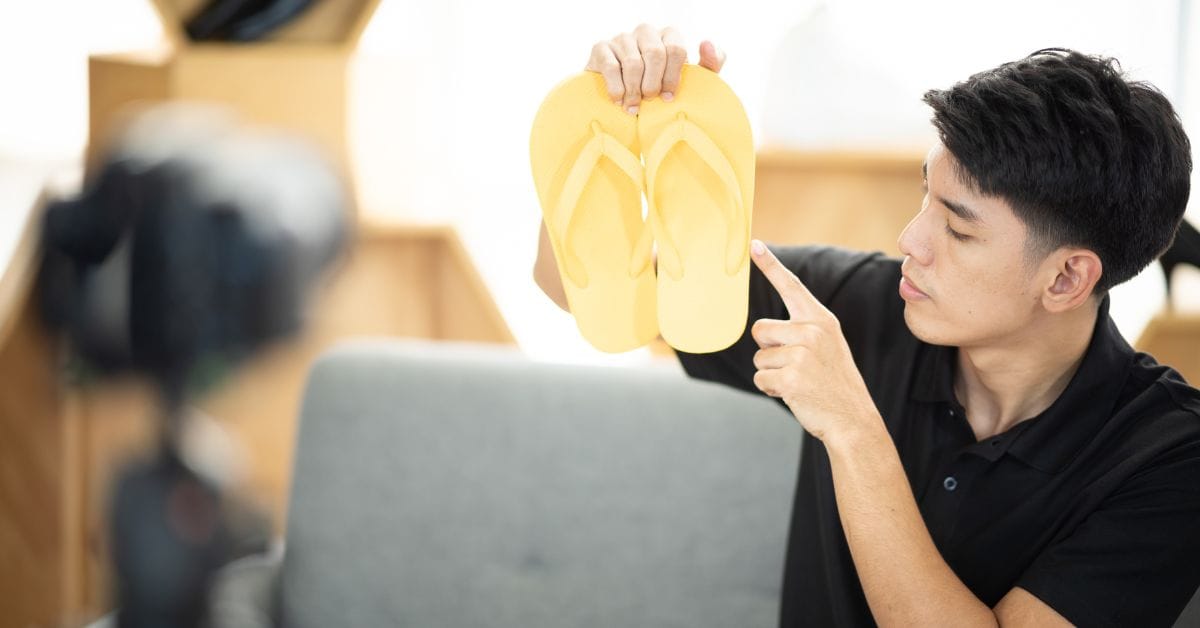A pair of iconic Brazilian flip-flops, once mainly associated with beachwear and the working class, has ignited an international debate after becoming a fashion statement on Copenhagen’s streets — and the backlash is strongest in Brazil.
Brazilian Anger Over Copenhagen’s Havaianas Trend
A wave of criticism has emerged from Brazil in response to how Havaianas—the iconic rubber flip-flops from the South American country, have recently become a highlighted fashion statement in Copenhagen. The shoes, globally recognized for their comfort and simplicity, are now spotted all over the Danish capital, from supermarket aisles to high-end fashion events like Copenhagen Fashion Week.
What has sparked anger is not necessarily the widespread use itself, but the perception that their newfound fashion status in Europe overlooks and appropriates Brazilian culture. The flip-flops, long worn throughout Brazil as everyday footwear—especially among the working class—are now being marketed and admired in Copenhagen circles as “chic” and “effortless.”
A Global Emblem with Local Roots
Havaianas were originally introduced in 1962 in Brazil as inexpensive, durable sandals accessible to all. Today, the brand is sold in more than 80 countries and is valued at over $1 billion, illustrating its global appeal. However, that international popularity has not always translated into cultural respect.
Critics in Brazil point to a perceived double standard: while Brazilians wearing flip-flops in public have sometimes been met with class-based or even xenophobic judgment, especially when abroad, Europeans wearing the same shoes receive admiration and fashion cred.
The “Copenhagen Way” of Wearing Flip-Flops
What particularly frustrates some Brazilians is the emergence of a so-called “Copenhagen way” of styling the flip-flops, where influencers and fashion insiders pair them with luxury items or minimalist wardrobes to create an understated, effortlessly cool look. This rebranding of Havaianas as fashionable and elite-driven has been portrayed on social media, particularly on TikTok, where Brazilian users voice frustration and share posts critiquing the trend.
In one viral example, a Brazilian influencer highlighted the irony that what was once considered cheap beachwear is now elevated to high fashion simply because it has been adopted by Europeans.
Backlash as a Reflection of Cultural Appropriation Debate
The controversy surrounding Havaianas is part of a broader conversation on cultural appropriation in global fashion. This particular debate mirrors a recent backlash from South Asian commentators who noticed Scandinavian influencers popularizing lightweight scarves identical to traditional Indian dupattas—prompting discussions over credit and representation.
Cultural appropriation generally involves taking styles, symbols, or practices from a minority or marginalized group and using them in a decontextualized or commodified way—often without acknowledgment or respect for the source culture. In this case, critics argue that the Western embrace of Havaianas strips the footwear of its cultural and socioeconomic background in Brazil.
Danish Defense and Fashion Culture
In Denmark, fashion analysts and style commentators have defended Havaianas’ popularity, framing it as an extension of Scandinavian fashion’s democratic and practical ethos. Many Copenhageners prize designs that are functional yet stylish and applaud clothing that doesn’t scream wealth.
Fashion in Copenhagen is known for merging aesthetics with accessibility. Footwear like Havaianas fits seamlessly within this framework. The sandals are affordable (a typical pair costs around $25), adaptable to modern urban life, and embody a casual, understated charm that aligns with the city’s cycling and weather-conscious lifestyle.
A Symbol of Fashion’s Changing Landscape
This debate over footwear shows how fashion trends can carry socio-cultural weight far beyond the runways. At the center of it all is a highly politicized flip-flop that has moved from being a Brazilian everyday item to a Scandinavian fashion staple.
While some see this global trend as a celebration of Brazilian design, others view it as another example of Western fashion industries redefining and profiting from underrepresented cultures.
As Copenhagen Fashion Week continues to grow in global visibility, it is likely that these kinds of cultural conversations will deepen. The story of the Havaianas sandals is not just about a shoe—it reflects the complex interplay of culture, class, fashion, and globalization.




